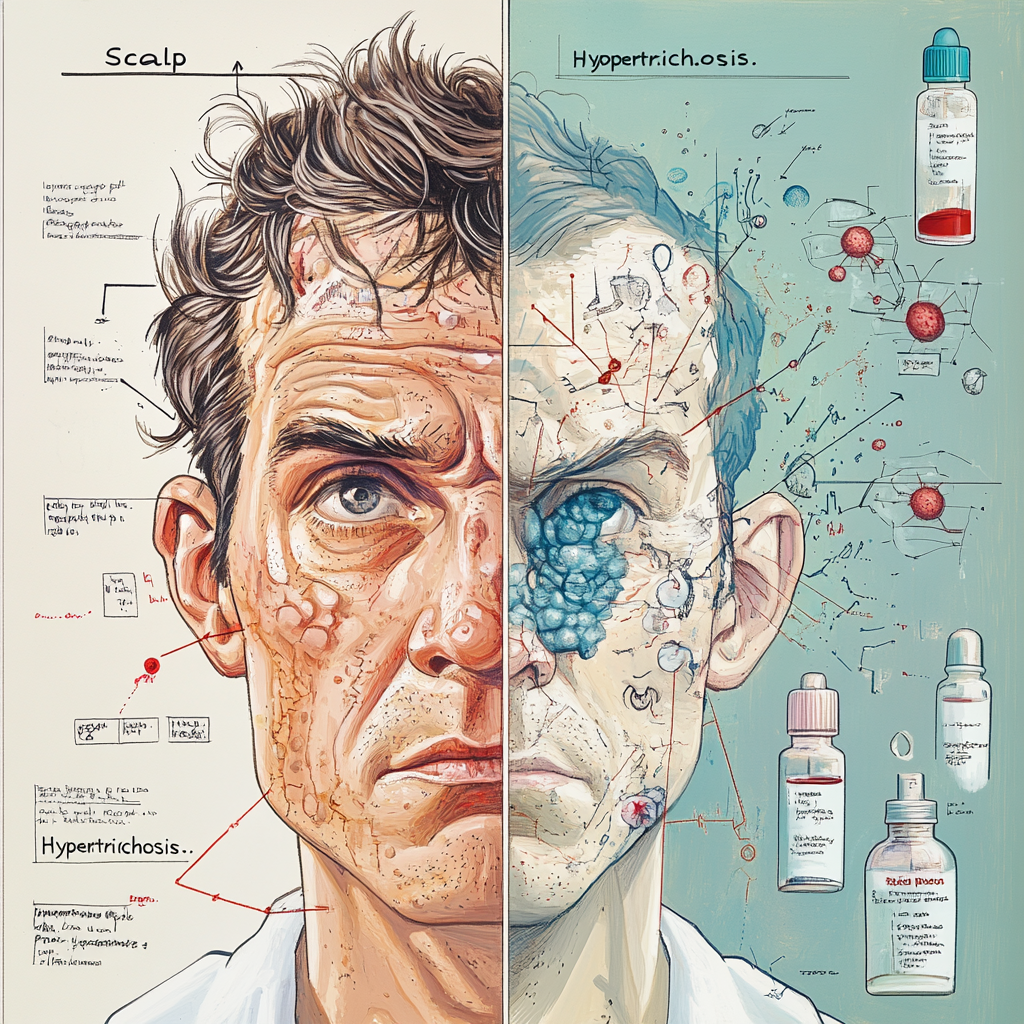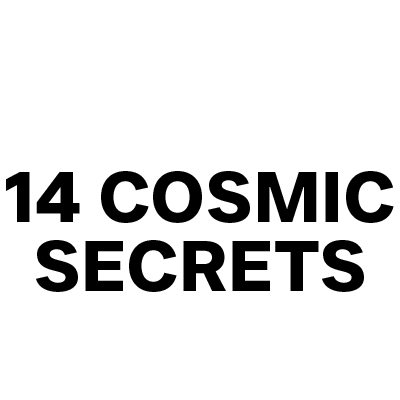
Top Ten Side Effects of Redensyl
Share
Redensyl is a relatively new hair growth treatment that has gained popularity due to its plant-based formulation and perceived safety profile. It is primarily marketed as a natural alternative to traditional hair loss treatments like minoxidil. While many users report positive results, it is essential to examine the potential side effects associated with Redensyl, especially as it becomes more widely used. This article will delve into the top ten possible side effects of Redensyl, supported by available research and clinical insights.
Overview of Redensyl
Redensyl was invented by Induchem, a Swiss company known for producing specialty cosmetic actives for the personal care and cosmetic industry. It combines two patented molecules: Dihydroquercetin Glucoside (DHQG) and Epigallocatechin Gallate (EGCG2), which are designed to stimulate hair growth by targeting hair follicle stem cells and protecting them from apoptosis.
Chemical Composition of Redensyl
The exact chemical composition of Redensyl in terms of percentages is not widely disclosed in the available literature. However, it primarily consists of the following key components:
- Dihydroquercetin Glucoside (DHQG): A flavonoid that helps in promoting hair growth.
- Epigallocatechin Gallate (EGCG2): A polyphenol found in green tea that has antioxidant properties.
- Glycine: An amino acid that supports protein synthesis.
- Zinc Chloride: A mineral that plays a role in hair tissue growth and repair.
- Glycerin: A humectant that helps retain moisture.
These components are believed to work synergistically to stimulate hair follicle stem cells, promote hair growth, and reduce hair loss.
DID YOU KNOW THAT GLYCERIN MAKES 50% OF REDENSYL?
Mechanism of Action
Redensyl targets the hair growth cycle by acting on the anagen phase (growth phase) and reducing the duration of the telogen phase (resting phase) where hair fall occurs. Clinical studies indicate that Redensyl can improve hair density and reduce hair loss significantly within a few months of use.
Top 10 Side Effects of Redensyl:
Despite its natural composition, users may still experience side effects. Here are the top ten side effects reported:
- Scalp Irritation
While Redensyl is generally well-tolerated, some users have reported mild scalp irritation. Symptoms may include itching, redness, or a burning sensation at the application site. This irritation is often temporary and resolves with continued use or after adjusting the application frequency.

- Allergic Reactions
Although rare, allergic reactions to Redensyl can occur. Symptoms may include rash, swelling, or severe itching. Individuals with known sensitivities to any of the ingredients should perform a patch test before full application.

- Increased Hair Shedding
Some users may experience increased hair shedding when they first start using Redensyl. This phenomenon can be alarming but is often part of the hair growth cycle adjustment as follicles transition from resting to growth phases.

- Unwanted Facial Hair Growth
In some cases, particularly among women, there have been reports of unwanted facial hair growth due to systemic absorption of the product. This side effect is similar to what can occur with other hair growth treatments like minoxidil and may require additional cosmetic interventions.

- Dryness or Flakiness of Scalp
Users may notice dryness or flakiness of the scalp after prolonged use of Redensyl. This can often be managed with appropriate moisturizers or by adjusting how frequently the product is applied.

- Changes in Hair Texture
Some individuals have reported changes in their hair texture after using Redensyl, such as coarseness or increased oiliness. These changes can vary widely among users and may depend on individual scalp conditions.

- Temporary Increase in Hair Loss
Similar to increased shedding, some users might experience a temporary spike in overall hair loss during the initial weeks of treatment as their scalp adjusts to the new product.

- Headaches
A small number of users have reported experiencing headaches while using Redensyl. The exact cause remains unclear but could be related to individual sensitivity or other factors unrelated to the product itself.

- Sensitivity Reactions
Some users may develop sensitivity reactions characterized by localized redness or swelling at the application site without full-blown allergic reactions. These reactions are generally mild and resolve quickly.
- Lack of Efficacy for Some Users
While not a side effect in the traditional sense, some individuals may find that Redensyl does not yield noticeable results in terms of hair growth or thickness after several months of use. This lack of efficacy can lead to disappointment and discontinuation of treatment.

Side Effects of Redensyl Conclusion:
Redensyl presents a promising option for those seeking natural alternatives for hair loss treatment; however, potential users should be aware of possible side effects, even if they are generally mild compared to traditional treatments like minoxidil.
As with any treatment regimen, it is advisable for individuals considering Redensyl to consult with healthcare professionals to ensure it aligns with their specific needs and health conditions. Monitoring for side effects during treatment can help optimize results and minimize adverse reactions.In summary, while
Redensyl has shown efficacy in promoting hair growth with minimal reported side effects, ongoing research and user feedback will be crucial in understanding its long-term safety profile better.
Bottomline: It is better to use Natural Ingredients rather than use harsh chemicals which can lead to adverse long-term effects in the future. Read this article about Rosemary Oil to learn how you can choose natural & organic ingredients over factory-manufactured, mass-produced chemicals.
Further Reading:
- Top Ten Side Effects of Anagain
- Top Ten Side Effects of Minoxidil
- Top Ten Side Effects of Glycerin
- How to Stop Hair Loss?
- Curry Leaves Oil - The Secret Ingredient.
References:
- A Comparative Study between Topical 5% Minoxidil and Topical Redensyl, Capixyl, and Procapil Combination in Men with Androgenetic Alopecia Read the article here
- Minoxidil Use in Dermatology: Side Effects and Recent Patents Read the article here
- Stimulation of Hair Regrowth in an Animal Model of Androgenic Alopecia Using 2-Deoxy-D-Ribose Read the article here
